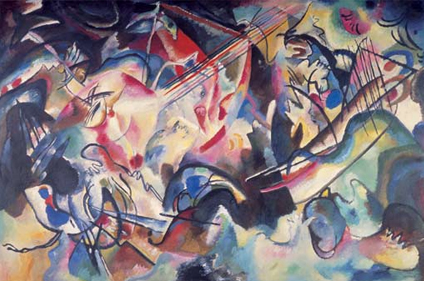YOU CAN see red, feel blue, or be simply green, but everyone knows that colours aren't really codes for moods. The trouble with colour - which has made it both a problem and a cause for celebration, as far as artists are concerned - is that it is essentially beyond words, beyond explanation or analysis. (This is also a problem for art critics.) Last week, the Arnolfini Gallery in Bristol hosted a conference on ''The Nature of Colour'' which demonstrated that the subject remains as inscrutable as ever. Trying to understand colour, once you get beyond a certain basic level, is like chasing the pot of gold at the foot of the rainbow.
What stuck in the memory, over the course of a day's lectures, tended to be facts of the fundamentally useless but intriguing variety. The most sensitive act of colour mixing performed by most of us in daily life is the addition of milk to tea to achieve the preferred shade of brown. Horses can't see in colour but snakes can. Lecturers on colour tend to wear beige trousers.
Richard Gregory, addressing ''The Fundamentals of Colour Perception'', suggested that recent research has come close to isolating the part of the brain that responds to colour stimuli - but he also conceded that how the brain responds to colour will probably always remain beyond the power of science to explain. Byron Mikellides, lecturing on ''Colour in Nature and Built Form'', argued that the psychological effects of colour will probably always remain a mystery.
Not that this has stopped people from attempting to explain colour for once and for all, from trying to write the definitive lexicon of hues. One of the more entertaining examples of the genre was written by Charles W Leadbetter, an eccentric turn-of- the-century theorist, who...


